Rising 49 meters above the rolling countryside of Somerset, England, King Alfred’s Tower, often dubbed the “real Rapunzel Tower,” is a striking 18th-century folly that blends history, architecture, and myth. Built between 1762 and 1772 (not 1779, as some sources claim), this triangular red-brick monument, designed by architect Henry Flitcroft, stands as a tribute to King Alfred the Great and a celebration of England’s triumphs. Constructed with over a million red bricks, it offers breathtaking views across Somerset, Wiltshire, and Dorset, while its historical and cultural significance captivates visitors.
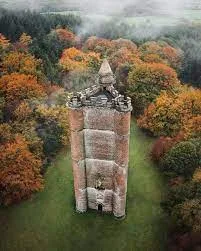
A Monument to History
Commissioned by banker Henry Hoare II, owner of the nearby Stourhead estate, the tower commemorates two pivotal moments: the accession of King George III to the throne in 1760 and the British victory in the Seven Years’ War (1756–1763). It is also believed to mark the site where King Alfred the Great rallied his Saxon troops in 878 before defeating the Viking army at the Battle of Edington, a turning point in securing Wessex and laying the foundation for a unified England. While archaeological evidence for this exact location is scarce, the tower’s placement on the ancient Egbert’s Stone site reinforces its connection to Alfred’s legacy.
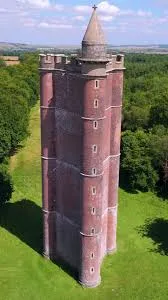
Architectural Ingenuity
Designed by Henry Flitcroft, a prominent Palladian architect, the tower is a masterpiece of Georgian-era folly architecture—structures built more for aesthetic or symbolic purposes than practical use. Its unique triangular shape, with each side measuring about 15 meters at the base, sets it apart from traditional towers. Constructed from over a million locally sourced red bricks, it features a hollow interior with a 250-step spiral staircase leading to a viewing platform. The tower’s crenelated top, adorned with a statue of King Alfred added in 1986, evokes a fairy-tale aesthetic, earning it the nickname “Rapunzel Tower” for its lofty, romantic silhouette.
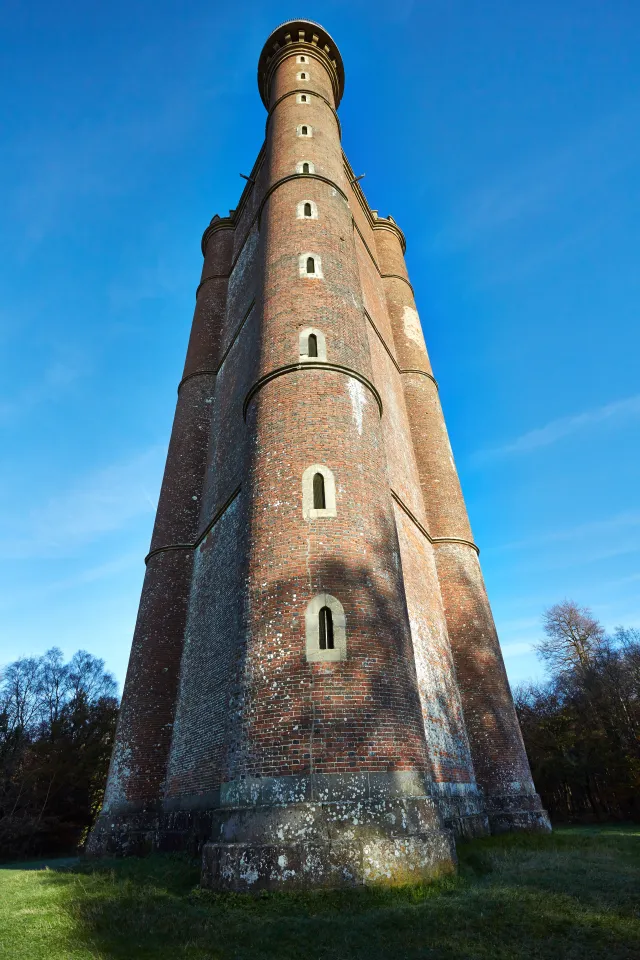
The structure’s height of 49 meters (160 feet) makes it one of the tallest follies in England, and its elevated position at 265 meters above sea level on Kingsettle Hill amplifies its dominance over the landscape. Despite damage from a 1942 plane crash that destroyed part of the northeast corner, the tower was restored and remains structurally sound, a testament to Flitcroft’s design and the durability of its brickwork.
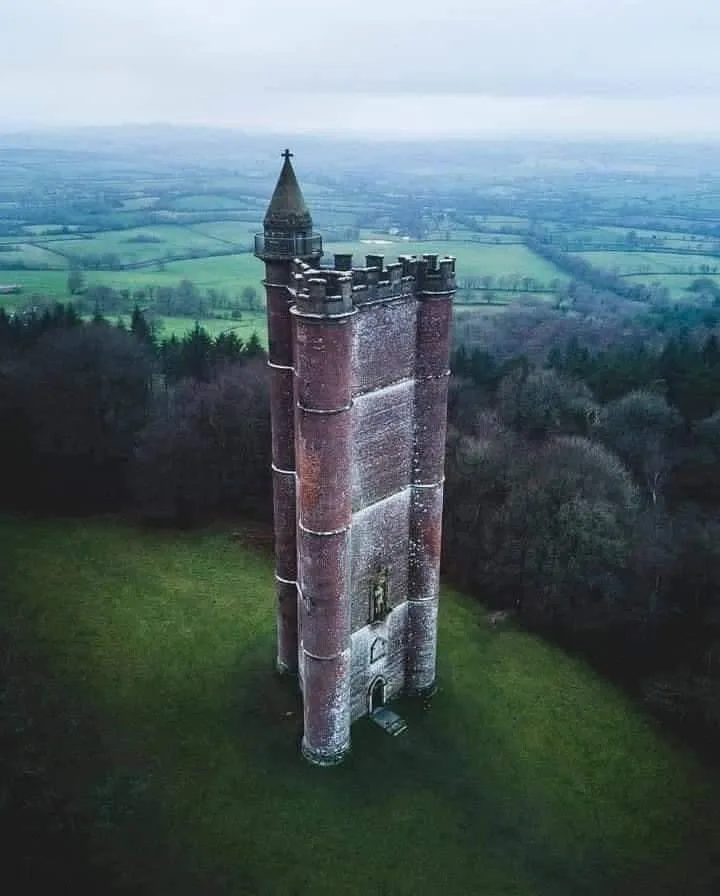
A View Worth the Climb
The 250-step climb to the top rewards visitors with panoramic vistas across three counties—Somerset, Wiltshire, and Dorset. On clear days, the view extends to Glastonbury Tor and even the distant Mendip Hills, offering a stunning perspective of England’s pastoral heart. The tower’s remote location within the Stourhead estate, now managed by the National Trust, adds to its allure, drawing hikers, history buffs, and those enchanted by its Rapunzel-like mystique.
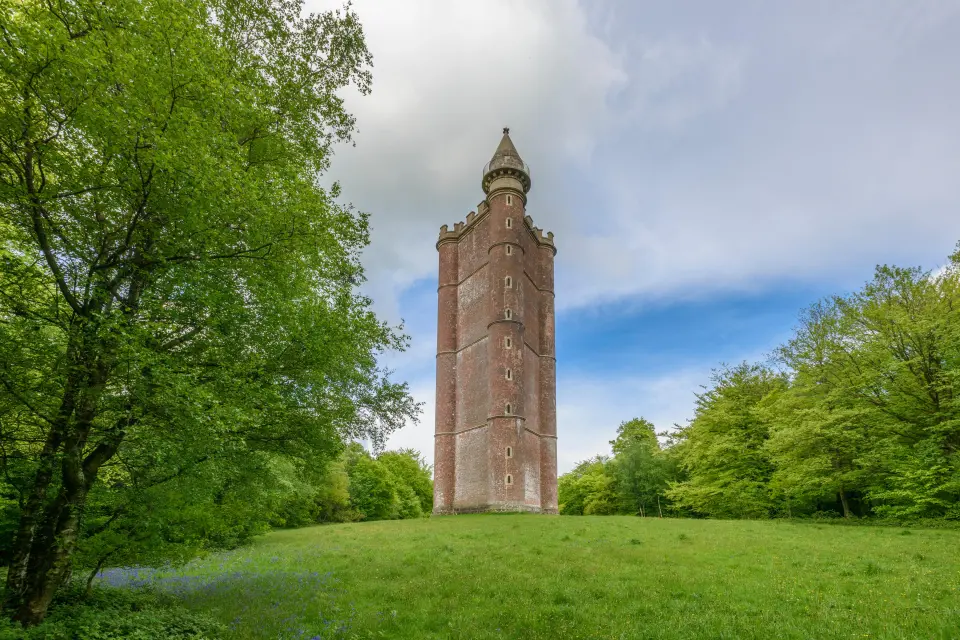
A Living Legend
King Alfred’s Tower is more than a monument; it’s a bridge between myth and history. Its connection to Alfred, a revered figure who shaped early England, and its role as a Georgian folly celebrating national pride, make it a cultural landmark. The tower’s fairy-tale charm, evoking Rapunzel’s mythical prison, adds a layer of whimsy, inviting visitors to imagine stories woven into its bricks. As a beacon on the Stourhead estate, it continues to inspire awe, offering a climb through time and a view that captures the timeless beauty of England’s countryside.





